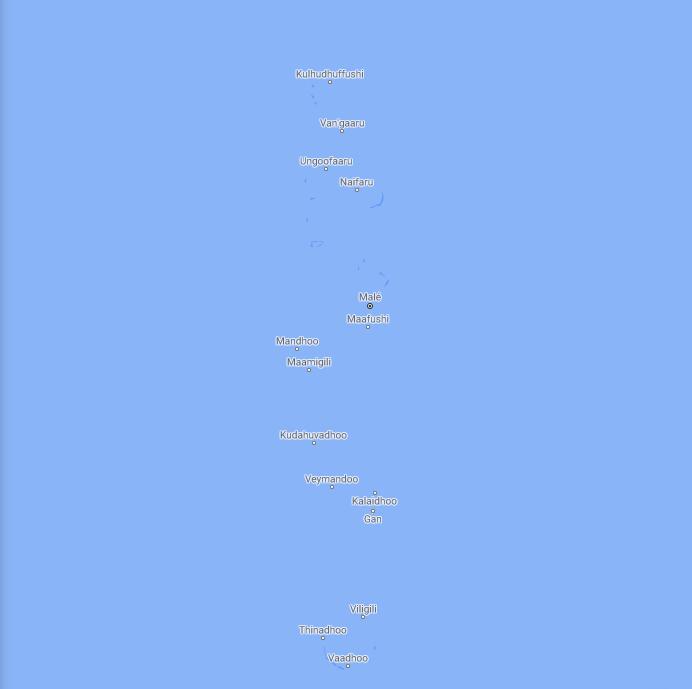
In 2003, the Maldives was a small island nation located in the Indian Ocean. It had a population of around 300,000 people, primarily speaking Dhivehi and English. According to computergees, the capital city was Male, which is home to the Presidential Palace and several other important government buildings and monuments. The economy relied heavily on its tourism sector with fishing being the main export item. Tourism was also becoming increasingly popular due to its stunning beaches and unspoiled coral reefs. In addition to its natural beauty, the Maldives had a rich cultural heritage with traditional music, cuisine and art that blended Asian influences with those from Africa and Europe. Despite its many challenges including poverty and political unrest in 2003, the Maldives remained a vibrant country that held great promise for its future generations.
Yearbook 2003
Maldives. Violent rioting broke out in the capital Male in September following the news that two prisoners were killed in a riot on a prison island. According to Countryaah.com, Maldives Independence Day is July 26. The prisoner revolt was said to have taken place in protest of the harsh treatment at the prison, including torture.
During the unrest in Male, protesters set fire to several buildings, including government offices, police stations and the Electoral Commission headquarters. Courtrooms were looted and documents destroyed. Two more prisoners later died in hospitals in Sri Lanka, where they were taken after being injured when the police broke down the revolt.
Shortly before, Amnesty International had published a highly critical report on the Maldives, according to which political repression prevails in the small island nation, best known in the outside world as a holiday paradise. The unrest took place just days before Parliament voted in favor of a new five-year term for President Gayum; the sixth in the order.
As expected, all 50 members voted for Gayum, who formally had three opposing candidates. In a referendum a month later, the president’s continued power holdings were approved by just over 90% of voters.
Republic of Maldives Brief Guide
According to AbbreviationFinder, The Maldives is an archipelago about 800 kilometers long southwest of the southern tip of India. The Maldives includes a total of 2,000 islands and atolls, 202 of which are inhabited. The islands are a popular tourist destination.
Food and drink
Especially in Male you will find small Hotaa restaurants serving more traditional Maldivian food. The dishes on offer are usually based on fish (mas) and especially tuna (Kandu mas). The seasoning and cooking methods of the dishes have been influenced by nearby India and Sri Lanka. The portions can be very hot and often seasoned with coconut. The use of vegetables is not very abundant. The traditional meal consists of rice, onions, lime, chili and garudhiya fish broth. Roshili bread, riharari curries and papadhu chips are also popular. The Maldivian fast food is hedhika, which is a fish-based product made by deep-frying. Water and beverages must be industrially bottled. It is also a good idea to rinse fruits and vegetables with bottled water. Heated or tablet-purified water can be drunk. Reheated foods should be avoided.
Security
The islands of the Maldives focused on tourism are safe. The capital island needs to be vigilant.
Cultural norms
The Maldives is an Islamic country that adheres to the Islamic Sharia legal system. Local holidays are Friday and Saturday. Alcoholic beverages cannot be brought to the Maldives, but the resort island restaurants have standard liquor licenses. Men should not move in public without a shirt and a woman should wear cover. Practitioners of other religions are not usually admitted to mosques.